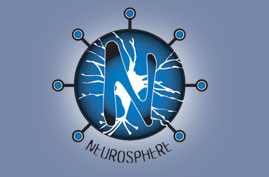Be the Grid
Wholeness and Virtual Communities
Grid computing available at retail!
“The Sun Grid can accept any self-contained, 32-bit application that is pre-compiled for Solaris 10 OS on the x86 architecture. (Java binaries will work as well.) Upload your apps for deployment on the Sun Grid and for execution. Input files may be cataloged and stored for repeat usage.”
http://www.sun.com/service/sungrid/overview.jsp
Grid computing like other innovations starts to see business model enablers come along. To the extent free markets are the perfect vehicle for expression of human needs, this growing grid entity will have the necessary circulatory systems to keep it going. Here’s one enabler from H-P, and a fully formed market mechanism for buying “computons” from Sun.
“Tycoon is a market-based system for managing compute resources in distributed clusters like PlanetLab, the Grid, or a Utility Data Center (UDC). The basic idea is that users have a limited supply of credits. Consuming users pay providing users to use computer resource. Users who provide resources can, in turn, spend their earnings to use resources later.”
http://tycoon.hpl.hp.com/
Whenever someone uses the term “solution”, I reach for my wallet. But I suppose this is the way the grid infrastructure is adapted to specific uses.
“Kontiki offers the industry’s most secure and scalable digital media delivery solution, enabling enterprises and content providers to securely publish, deliver and track digital media to employees, partners and customers.”
http://www.kontiki.com/
